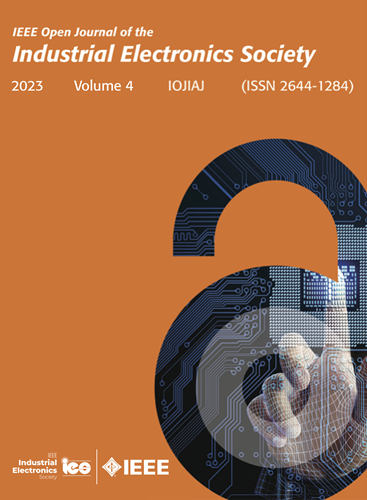电网故障时延时锁相环逆变器暂态响应及故障清断角估计的系统研究
IF 7.2
1区 工程技术
Q1 AUTOMATION & CONTROL SYSTEMS
引用次数: 0
摘要
对于电网跟踪逆变器,锁相环(PLL)在保证暂态稳定性方面起着至关重要的作用。从安全稳健运行的角度出发,逆变器必须在整个暂态过程中保持稳定,包括电网故障时和故障后。然而,以往的研究并没有对断层事件的整个瞬态响应进行系统和全面的分析。本文结合等面积准则和考虑频率相关阻抗的相位画像法,对电网跟随逆变器的暂态稳定性进行了详细的研究。分析将系统的动态行为分为五种不同的情况,揭示了以前未探索的新现象,包括识别故障恢复后出现的不稳定区域,这可能导致系统不稳定。为了解决这一问题,提出了一种先进的故障清除角估计方法,将传统的单区间方法扩展到多区间,从而提高了故障恢复过程中的暂态稳定性。通过对单相并网逆变器的实验测试,验证了该方法的有效性和故障过程的相关性。本文章由计算机程序翻译,如有差异,请以英文原文为准。
Systematical Investigation of Transient Response and Fault Clearing Angle Estimation for Delay-Based PLL Inverters During Grid Fault
For grid-following inverters, the phase-locked loop (PLL) plays a critical role in ensuring transient stability. From the perspective of safe and robust operation, the inverter must remain stable throughout the entire transient process, including during and after grid fault. However, previous research has not provided a systematic and comprehensive analysis of the entire transient response during fault events. This article offers a detailed study of the transient stability of grid-following inverters, combining the equal area criterion with the phase portraits method that accounts for the frequency-dependent impedance. The analysis classifies the system's dynamic behavior into five distinct cases, revealing new phenomena not previously explored, including the identification of an unstable region that emerges after fault recovery, which can lead to system instability. To mitigate this issue, an advanced method for estimating the fault clearing angle is proposed, extending the traditional single-interval approach to multiple intervals, thereby enhancing transient stability during fault recovery. The proposed method and findings are validated through experimental tests on a single-phase grid-connected inverter, confirming their effectiveness and relevance during fault processes.
求助全文
通过发布文献求助,成功后即可免费获取论文全文。
去求助
来源期刊

IEEE Transactions on Industrial Electronics
工程技术-工程:电子与电气
CiteScore
16.80
自引率
9.10%
发文量
1396
审稿时长
6.3 months
期刊介绍:
Journal Name: IEEE Transactions on Industrial Electronics
Publication Frequency: Monthly
Scope:
The scope of IEEE Transactions on Industrial Electronics encompasses the following areas:
Applications of electronics, controls, and communications in industrial and manufacturing systems and processes.
Power electronics and drive control techniques.
System control and signal processing.
Fault detection and diagnosis.
Power systems.
Instrumentation, measurement, and testing.
Modeling and simulation.
Motion control.
Robotics.
Sensors and actuators.
Implementation of neural networks, fuzzy logic, and artificial intelligence in industrial systems.
Factory automation.
Communication and computer networks.
 求助内容:
求助内容: 应助结果提醒方式:
应助结果提醒方式:


